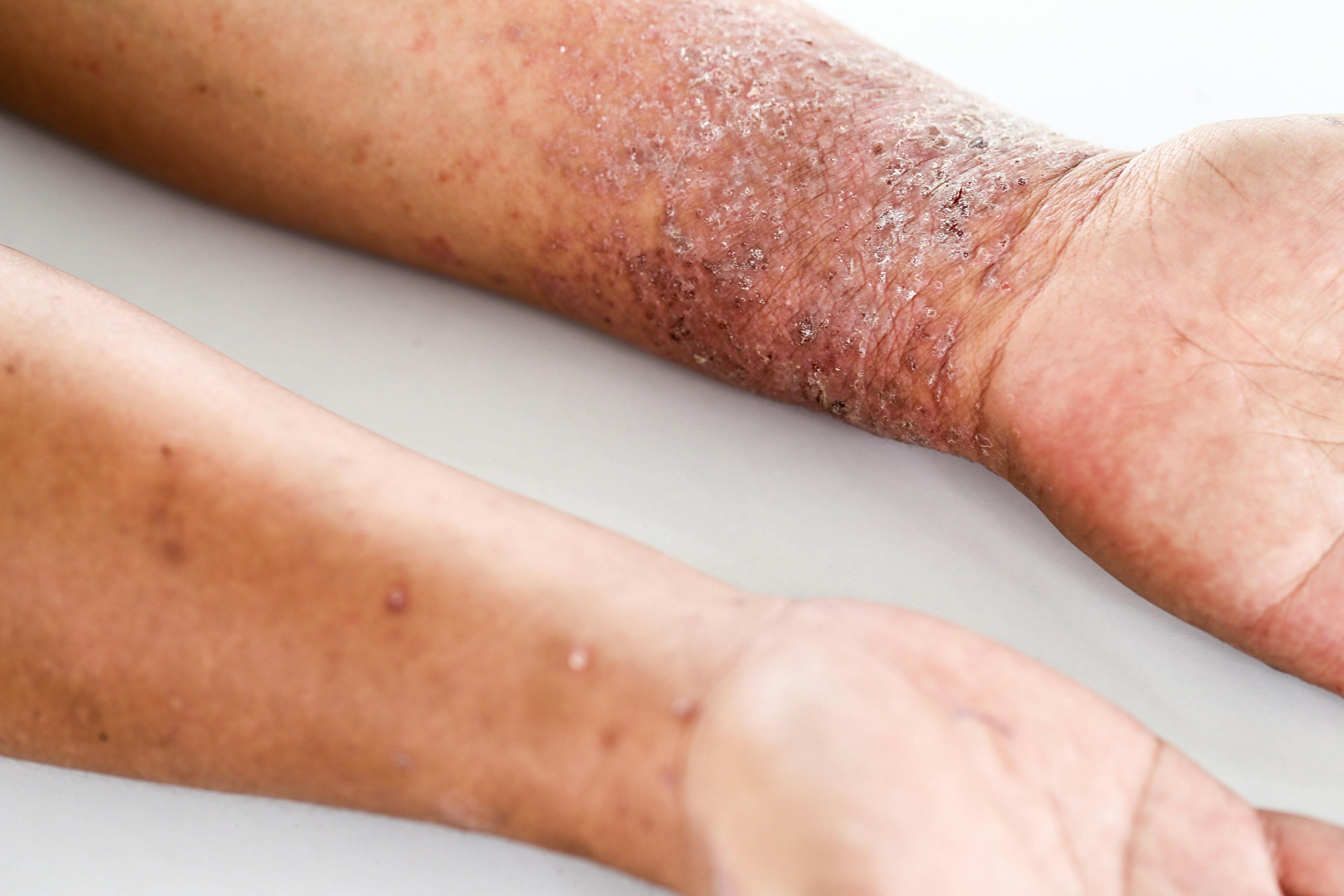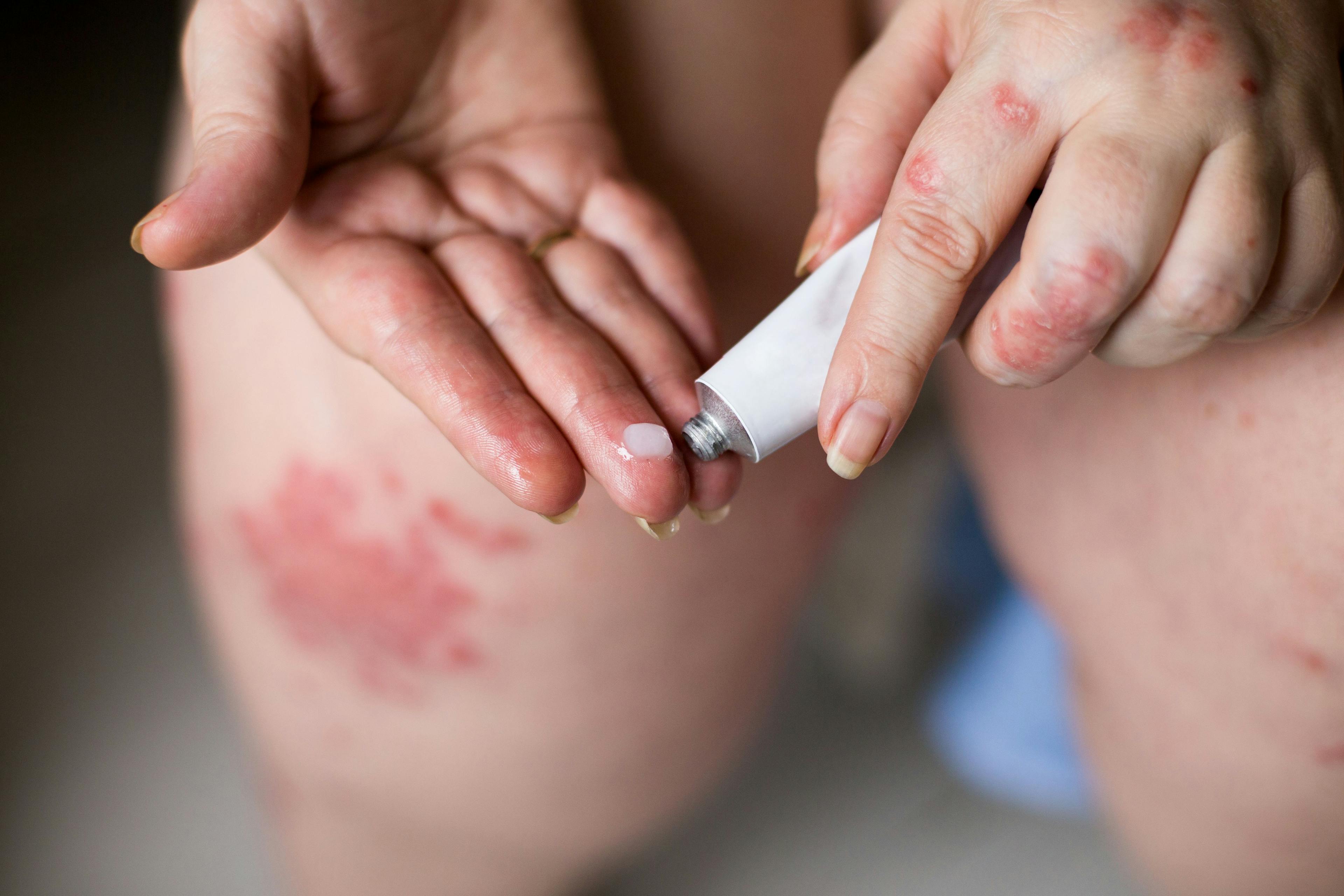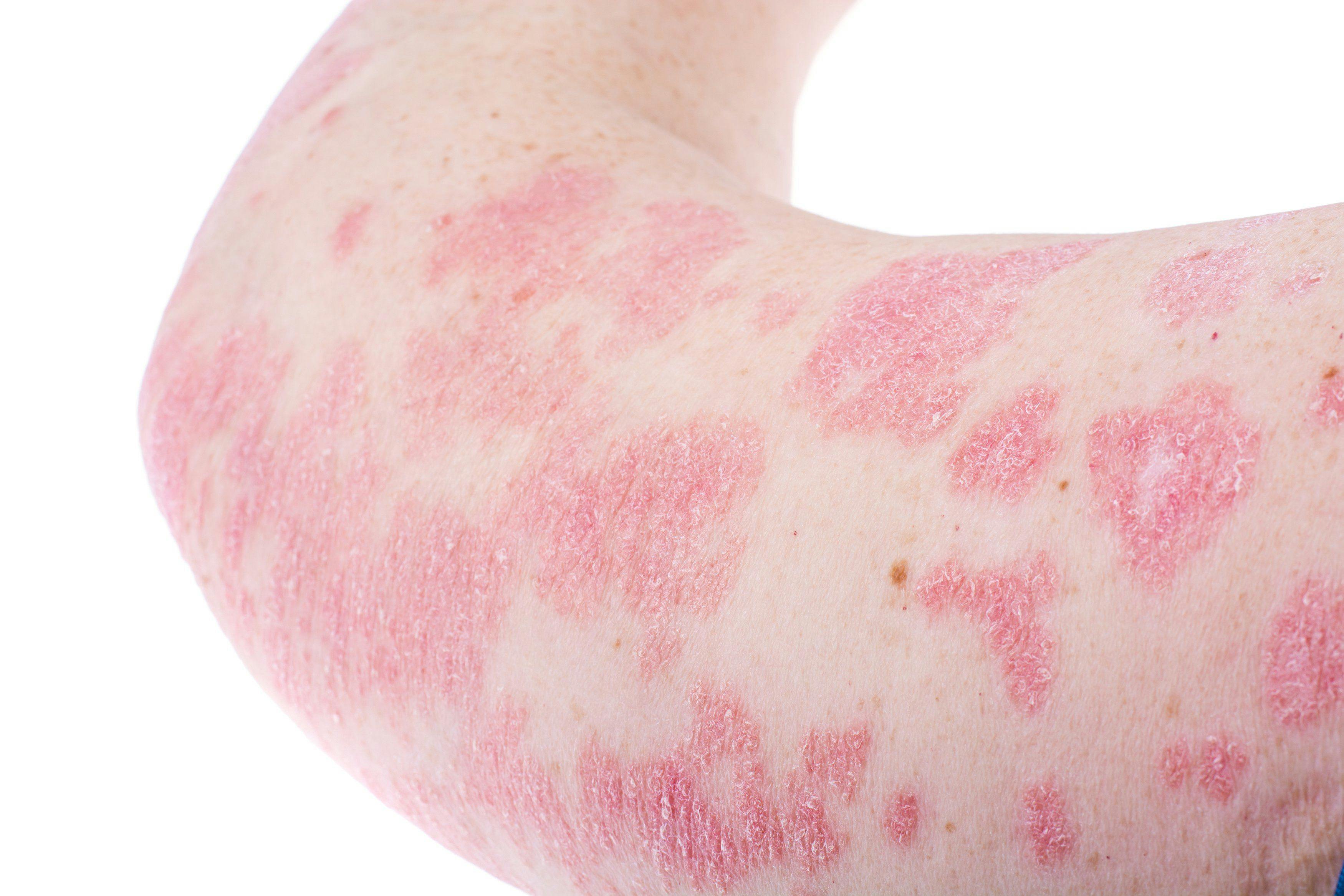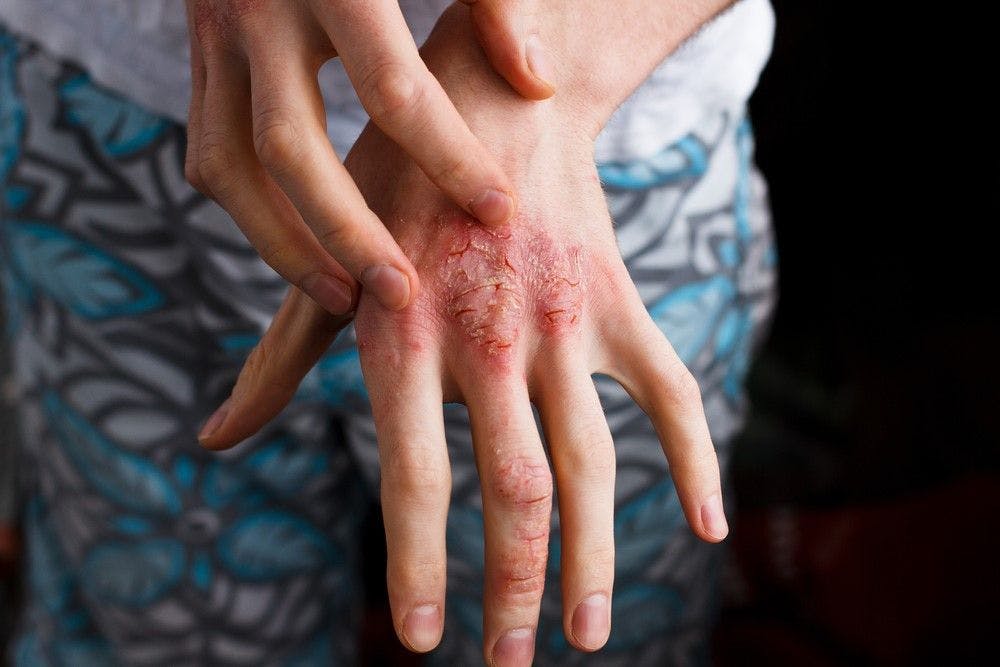- Acne
- Actinic Keratosis
- Aesthetics
- Alopecia
- Atopic Dermatitis
- Buy-and-Bill
- COVID-19
- Case-Based Roundtable
- Chronic Hand Eczema
- Chronic Spontaneous Urticaria
- Drug Watch
- Eczema
- General Dermatology
- Hidradenitis Suppurativa
- Melasma
- NP and PA
- Pediatric Dermatology
- Pigmentary Disorders
- Practice Management
- Precision Medicine and Biologics
- Prurigo Nodularis
- Psoriasis
- Psoriatic Arthritis
- Rare Disease
- Rosacea
- Skin Cancer
- Vitiligo
- Wound Care
Publication
Article
Dermatology Times
EADV report: Arriving at a skin hemorrhaging diagnosis
Author(s):
Clinicians are more likely to correctly identify the lesions’ underlying cause with careful observation rather than with several lab tests.
PARISâIdentifying why patients have skin hemorrhaging can be difficult. The reasons behind the condition are myriad. Consequently, pinpointing the right diagnosis can be critical to pursuing proper treatment.
According to Warren Piette, M.D., dermatology professor at Rush University Medical Center, clinicians are more likely to correctly identify the lesions’ underlying cause with careful observation rather than with several lab tests.
“There are lots of tests that can be done, but my feeling is we must have a focused approach to the patient based on the number and distribution of lesions, as well as the individual lesion morphology,” he said. “The problem with simply ordering several lab tests is they can be falsely positive or negative. They should generally only be ordered if we have particular evidence suggesting we should be worried about a certain condition.”
To give dermatologists guidance on how best to assess and diagnose lesions, Dr. Piette discussed the characteristics of various lesion types during his presentation, “Vasculitis & Vasculopathies: Differential Diagnosis and Therapeutic Consequences,” at the 2018 European Academy of Dermatology & Venerology conference. He also provided guidance on when biopsying a lesion, if needed, would produce the best results.
“My goal is always to remind dermatologists they are physicians first, and they’re often the best eyes and minds in the room to analyze skin lesions,” he said. “We can be critical in helping sort through the many different possibilities for what’s causing bleeding in the skin.”
Ultimately, he said, he wants to help clinicians learn to use the pattern and number of lesions, as well as their distribution and individual shape and appearance, in patients with visible hemorrhaging of the skin or mucus membranes, to accurately categorize lesions into three groups:
• Simple hemorrhage: Lesions where mechanisms fail to keep vessels in tact, allowing leakage.
• Inflammatory hemorrhage: Lesions where the body actively attacks the vessel, leading to a break in the vessel wall and hemorrhage.
• Microvascular occlusion: A situation where the skin’s small vessels, often many simultaneously, develop clots or an occlusion of some sort, including cold protein precipitation or other foreign material.
It’s also important to note, Dr. Piette said, that lesions have individual life cycles during which a biopsy can deliver a proper diagnosis - usually 24-48 hours. Conducting a biopsy at the right time is vital because performing one on older lesions can render a wrong diagnosis and treatment.
Classic vasculitis lesions appropriate for biopsy have some blanching or color loss. This is characteristic of lesions with both hemorrhage and inflammation. Clotting lesions present minimal blanching initially, he said, but after 4-7 days redness might appear at the margin due to burgeoning wound-healing responses. Lesions most suited for biopsy have, at least, partial blanching, and are partially palpable. Those with significant necrosis or no color change at all are inappropriate, he said.
“A dermatologist must know to look for lesions that fit the pattern of early lesions,” he said. “Patients can’t keep track. It’s our job to pay attention and know what’s early and what’s late.”
Overall, Dr. Piette stressed, biopsy is an effective tool in identifying vasculitis. However, when used incorrectly, it can lead to delayed treatment and unnecessary testing. Trained observations are an integral part of clinical care.
“It’s been very difficult to get people to realize doing blind biopsies doesn’t give you relevant results. You can’t expect it to give you a better answer,” he said. “It’s like trying to diagnose thyroid dysfunction by checking levels when a patient is taking thyroid hormones. No one does that, but they’ll biopsy any lesions and think it will tell us what happened. It doesn’t.”
REFERENCE
Warren Piette, MD. “Vasculitis & Vasculopathies: Differential Diagnosis & Therapeutic Consequences.” 27th European Academy of Dermatology and Venerology Congress, Paris, France. Sept. 13, 11:55a.m.-12:20p.m.

Newsletter
Like what you’re reading? Subscribe to Dermatology Times for weekly updates on therapies, innovations, and real-world practice tips.

















